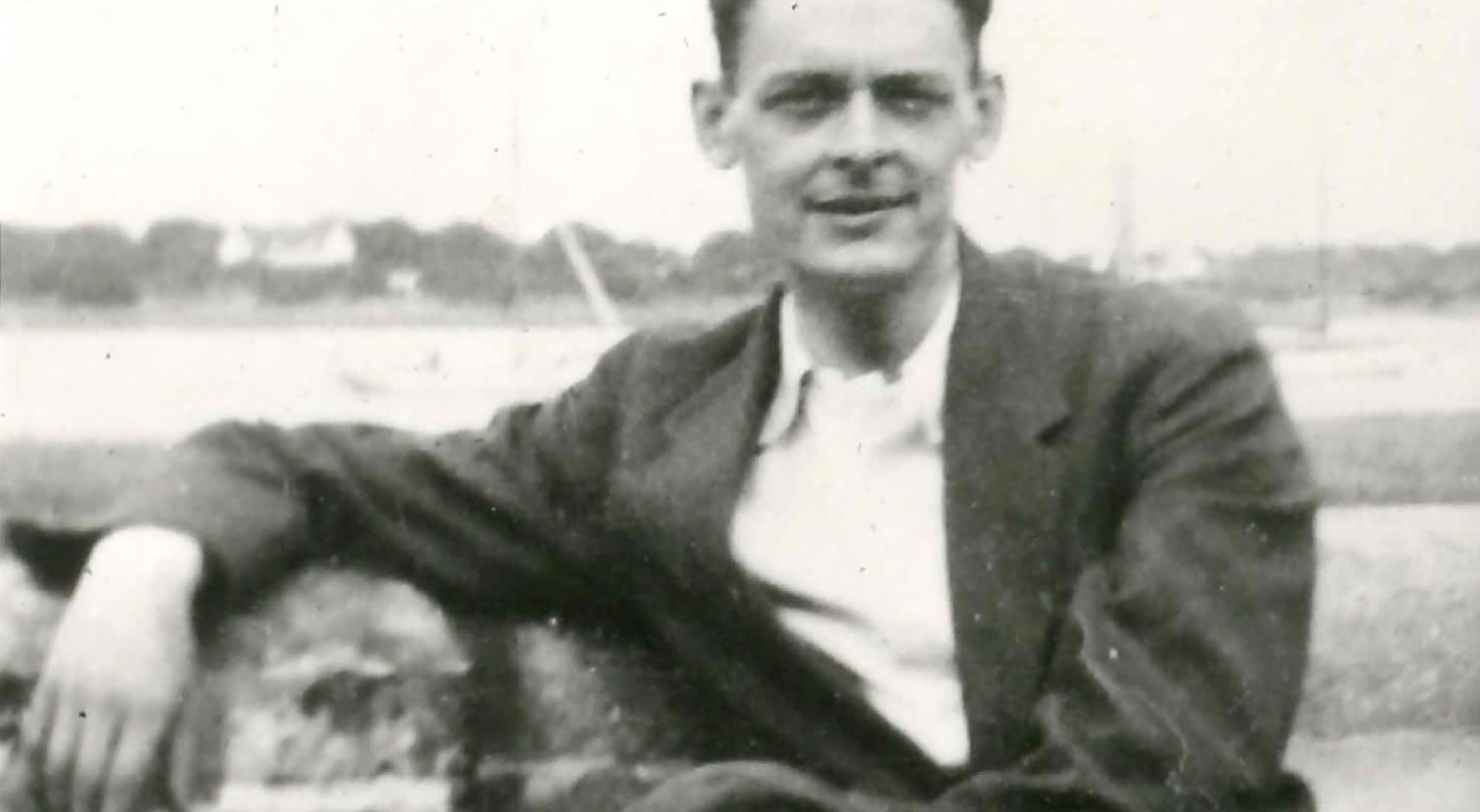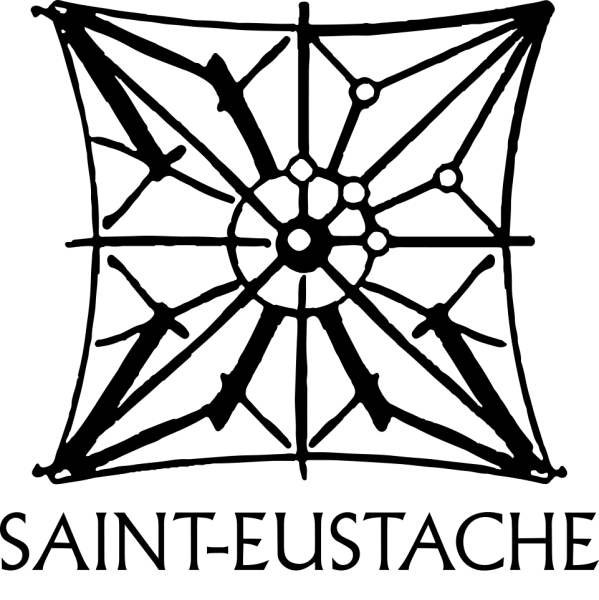Pierre-Yves Macé
Ear to Ear
septembersept 25 - october – oct 25
Ear To Ear
In memoriam Scott Walker
Electroacoustic work by Pierre-Yves Macé, composed in 2022 for the centenary of the poem The Waste Land (1922) by T. S. Eliot
Recorded voices, Ben Boskovic, Shomit Dutta, Robert Glenister, Anna Ianni, Danielle Mahailet, Sarah Mann, Ann Queensberry, Natalie Raybould, Katharina Sellner
Natalie Raybould, soprano
Stef Van Vynckt, harp
Translation of the poem The Waste Land from English, Joris Lacoste
Surtitles and video direction, Oscar Lozano
Design and production, Seán Doran, Liam Browne (DoranBrowne)
Sound engineer, Daniel Halford
Premiere in London, St-Mary-Le-Bow Church, April 8-9, 2022
Produced by Festival d'Automne à Paris
Acknowledgements to the Saint-Eustache Church
With the kind permission of the T.S. Eliot Foundation and Faber London
With the support of the Sacem
A composition made specially for the centenary publication of the poem The Waste Land by T. S. Eliot, Ear to Ear by Pierre-Yves Macé is an electronic music work, spanning both radiophonic art and installation. Located at the crossroads of the different arts, the music stems from the spoken word, along with it accents and melodies, and takes us back to the unsettling lyricism of the songs of Scott Walker.
At the start of the 1920's, Eliot came to Paris, where he met the likes of James Joyce and Ezra Pound, and whose influence and editorial suggestions went on to be decisive in The Waste Land. Ear to Ear is a reading, a choir of ten voices which have been recorded and transformed, ranging from man to woman, actor to non-actor, and from young to elderly in terms of timbre. Pierre-Yves Macé states, in his writing, that he endeavoured to make this choir as mixed and cosmopolitan as possible. It adopts imitations and different canons from the poem. Brim-full with quotes, the verses of Eliot, mainly in English, but also German, French, Italian and Sanskrit, give rise to voices with tonalities from different languages. As in Roaratorio by John Cage, but in a more parsimonious way, the places and objects evoked are an invitation to the ears. We hear in situ recordings of the bells of Saint Mary Woolnoth, the gently flowing waters of the Thames (Sweet Thames, run softly) and a harp denoting ancient lyres… In the course of the 2023 edition, the Festival d’Automne will be hosting two versions of the work, a "cinematic" one at the Bouffes du Nord theatre, and the other beneath the arches of Saint-Eustache, during which Ear to Ear will be inviting audiences, via a system of eighteen speakers, to listen to the space. The video made by Oscar Lozano brings up Eliot's poem on the screen, in various letter forms, and turns it into a composition which echoes the music.

